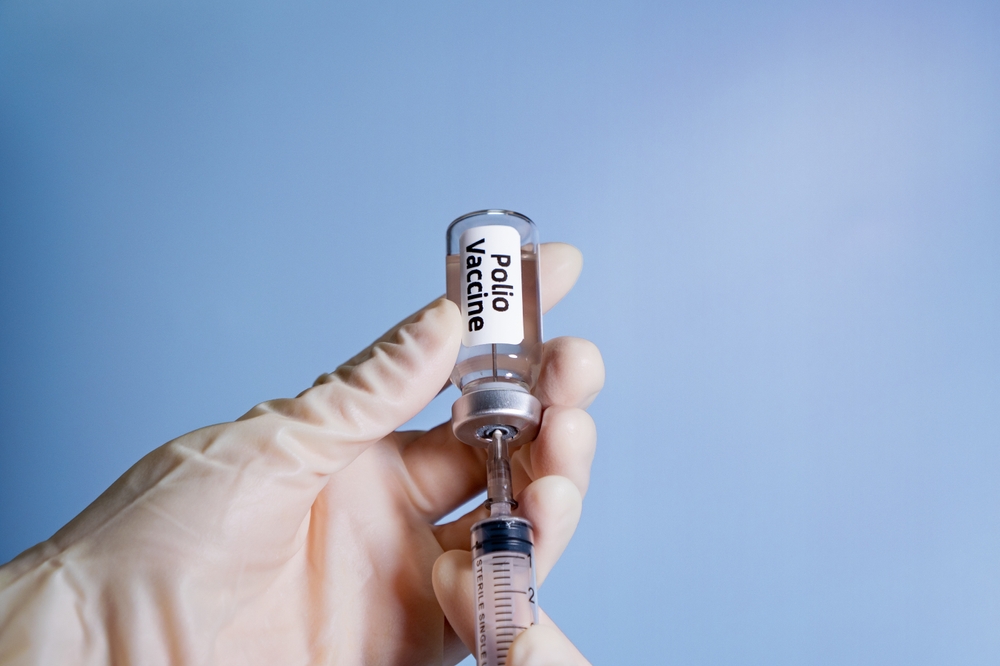The United States has faced some of the deadliest and most devastating diseases in history, with waves of illness that played a major role in how this country was shaped and how the future later unfolded.
From three brutal waves of cholera in the 19th century to the COVID-19 pandemic that gripped the world in 2020, these outbreaks are reminders of how fragile we, as human beings, really are.
Diseases are truly scary, and some of them can completely sweep through communities at an incredible pace. Outbreaks disrupt everyday life and challenge healthcare systems. Many times the scars that remain are everlasting, and this is why it is a good idea to be aware of the stories behind some of the deadliest epidemics in US history.
Get ready to find out more about these horrific diseases and how they have affected American society!

The yellow fever (1793)
It was 1793, and in the midst of the scorching summer, yellow fever sneakily swept through Philadelphia and claimed thousands of lives. It all started because the refugees who were fleeing an epidemic of fever in the Caribbean unknowingly brought the virus with them.
The disease mainly spread through mosquitoes and quickly infected the city’s population, causing widespread fear, illness, and death. The illness has its name from the symptoms it causes. The yellowing of the skin and eyes of those who are affected by it. Other symptoms included fever, chills, and, in severe cases, bloody vomiting.
The disease killed over 10% of Philadelphia’s population, and since doctors couldn’t yet understand how the virus worked, the population was left terrified.
A century later, in 1953, a vaccine against yellow fever was developed, and today, one single dose of this vaccine is enough to grant lifetime immunity. Despite the vaccine’s effectiveness, yellow fever has no cure.
Cholera (1832-1866)
Between 1832 and 1866, the United States battled three deadly waves of cholera, and this was actually the biggest health crisis of the 19th century.
The diseases came from India and traveled across continents following the trading routes. This is how it entered the US. Cholera is caused by the bacteria called Vibrio cholerae and generally spreads through contaminated water or food. The main symptoms are severe diarrhea and dehydration, and, in many cases, it can also lead to death.
New York was the first city affected by cholera. In 1832, the public health measures were poor, and the disease spread freely along trading routes, arriving in New Orleans and Chicago and killing 10% of the population.
Right now, cholera is still causing about 95,000 deaths globally each year, but this usually happens in places where the water is not treated properly. In countries with modern sewage systems, cholera is now rare.
H1N1 flu (1918)
The H1N1 influenza virus caused the infamous 1918 pandemic, and even today it is a flu strain that is concerning doctors because it keeps circulating annually with other flu viruses around the world.
It is also known as the Spanish flu and claimed 50 million lives worldwide, with at least 675,000 deaths in the United States alone!
This virus appeared suddenly and caused fever, chills, fatigue, and, in severe cases, respiratory failure. After World War I, the soldiers who were returning home spread the virus all around, and the rudimentary and ineffective treatments that existed during that time didn’t help at all.
Today, flu vaccines can protect you from most flu strains, including the H1N1 one. This is why it is so important to get your shots yearly before flu season.

Polio (1916-1955)
This is a viral disease that generally affects the nervous system. It’s also one of the most feared diseases in American history because it mostly affected children, and the effects it caused were terrifying. paralysis, lifelong disability, and death. This is what people feared, but unfortunately, there were more polio outbreaks, and all of them claimed the lives of thousands of individuals.
But in 1955, Dr. Jonas Salk created the inactivated polio vaccine (IPV), and it was approved for use. The vaccine was a success and saved the lives of many people. In less than seven years, the number of cases dropped from tens of thousands to less than 1,000 annually.
Today, the Centers for Disease Control and Prevention (CDC) confirms that the United States has been free from polio since 1979 and is all thanks to the vaccination campaigns. Polio is still a threat in other parts of the world, so anyone who plans to travel internationally in these areas should get vaccinated.
It’s important to always stay safe, and this is why carrying some hand sanitizer with you is essential: Germ-X Advanced Hand Sanitizer, Non-Drying Moisturizing Clear Gel, Instant and No Rinse Formula
You should also read: 10 Foods That Can Have a Devastating Effect on You






















